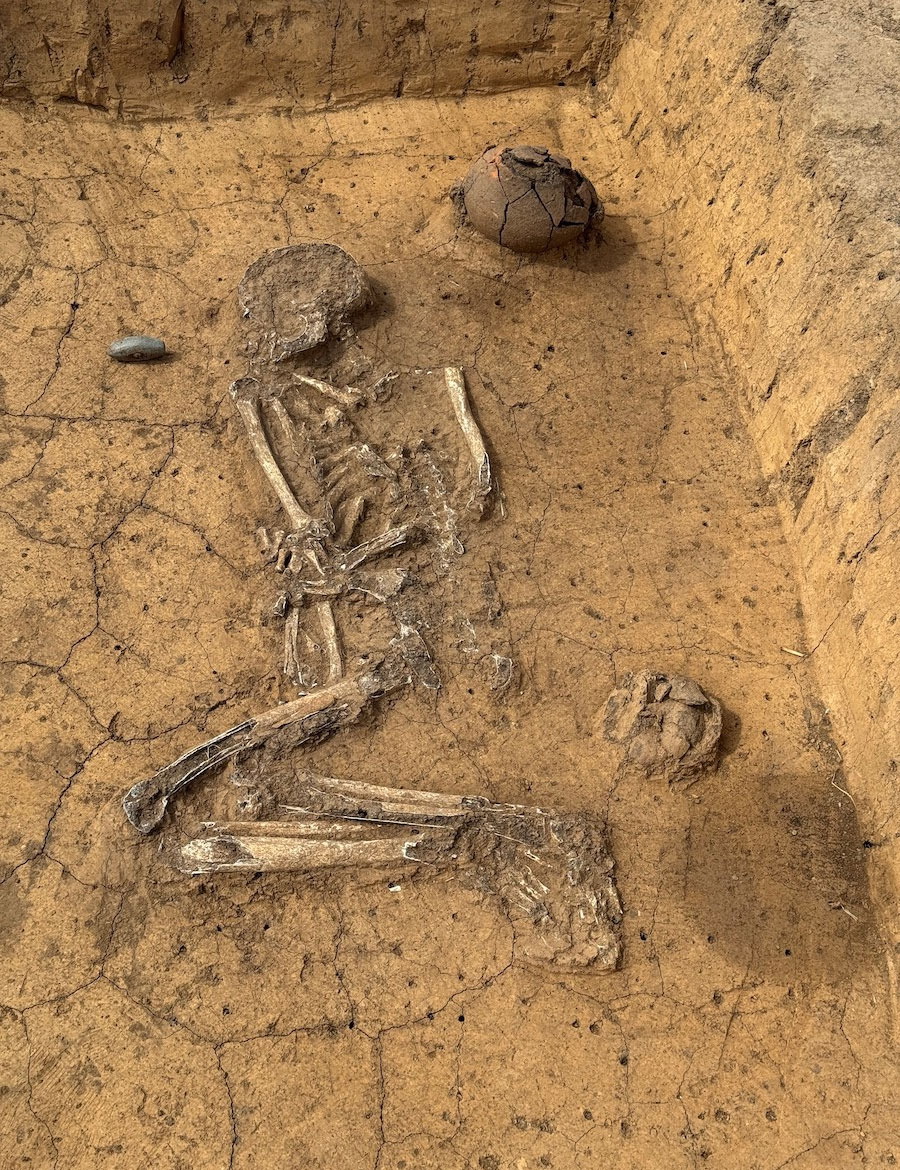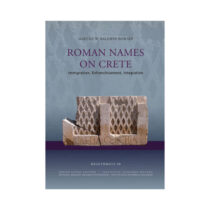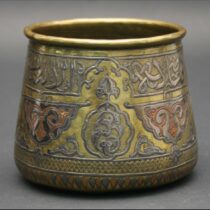In preparation for the construction of the SuedOstLink direct current power line, archaeologists from the State Office for Heritage Management and Archaeology Saxony-Anhalt—working closely with the transmission system operator 50Hertz—are carrying out extensive investigations along the planned route. Recently, significant discoveries were made near Krauschwitz in the Burgenlandkreis district, shedding new light on burial customs from both the Middle Neolithic and the later Corded Ware Culture.
Traces of the Baalberge Culture: 6,000-year-old burial mounds
Near present-day Krauschwitz, five burial mounds from the Baalberge Culture, dating to around 4,000 BC, have been uncovered. These mounds once marked the resting places of individuals buried beneath trapezoidal wooden structures—known as mortuary huts—which were then covered with loess-rich soil, forming prominent earthen mounds. Although these mounds are no longer visible on the surface today, their deep foundations and burial remains still testify to the rituals and beliefs of Neolithic communities.
Over 15 such mortuary huts have been identified so far along the SuedOstLink corridor, particularly in the fertile landscape between Osterfeld and Weißenfels. Their construction not only served as burial monuments but also expressed power and ancestry. The visual prominence of these sites may explain why, over 1,000 years later, they became a burial site once again—this time for the Corded Ware Culture.
Corded Ware burials and ornate bags
During the 3rd millennium BC, the region was resettled by people of the Corded Ware Culture, whose burial practices involved individual graves oriented to the south. Men were typically laid on their right side, women on their left, and grave goods followed clear gender distinctions: stone axes for men; decorative items like ceramics, costume elements, and personal accessories for women.
Among the most remarkable finds are elaborately adorned bags, primarily associated with young adult women of high status. Though the leather or textile material of these bags has decayed over time, the sewn-on animal teeth—mainly dog canines and incisors—have survived. These teeth were embroidered in overlapping rows, resembling roof tiles, and formed part of pouches measuring about 30 cm in length and 20 cm in height. Up to 350 teeth could be used per bag. Often, the straps were decorated with wolf teeth, and in rare cases, fox teeth or bone imitations were used as repairs.
The placement of these bags in the graves suggests they were worn in front of the body, possibly as baby carriers. Some even contained infant bones, wrapped in cloths decorated with sequins and dog molars. This indicates that such bags may have served both a practical and symbolic role, possibly tied to motherhood or social status. These items were not passed down but buried with their owners, reinforcing their exclusive, personal nature. Similar elite burials have been found nearby, including in Nessa, just 1.7 kilometers from Krauschwitz.
What’s next
The most significant burials, especially those featuring the decorated bags, are being carefully removed in large soil blocks and taken to laboratories for further study. Currently, around 20 archaeologists are working on site in Krauschwitz, with fieldwork expected to conclude by the end of July—well ahead of the start of the SuedOstLink construction phase.
As the project continues, the focus remains on preserving and documenting these important archaeological finds in close coordination with 50Hertz, ensuring that the past is protected even as new infrastructure is built for the future.





